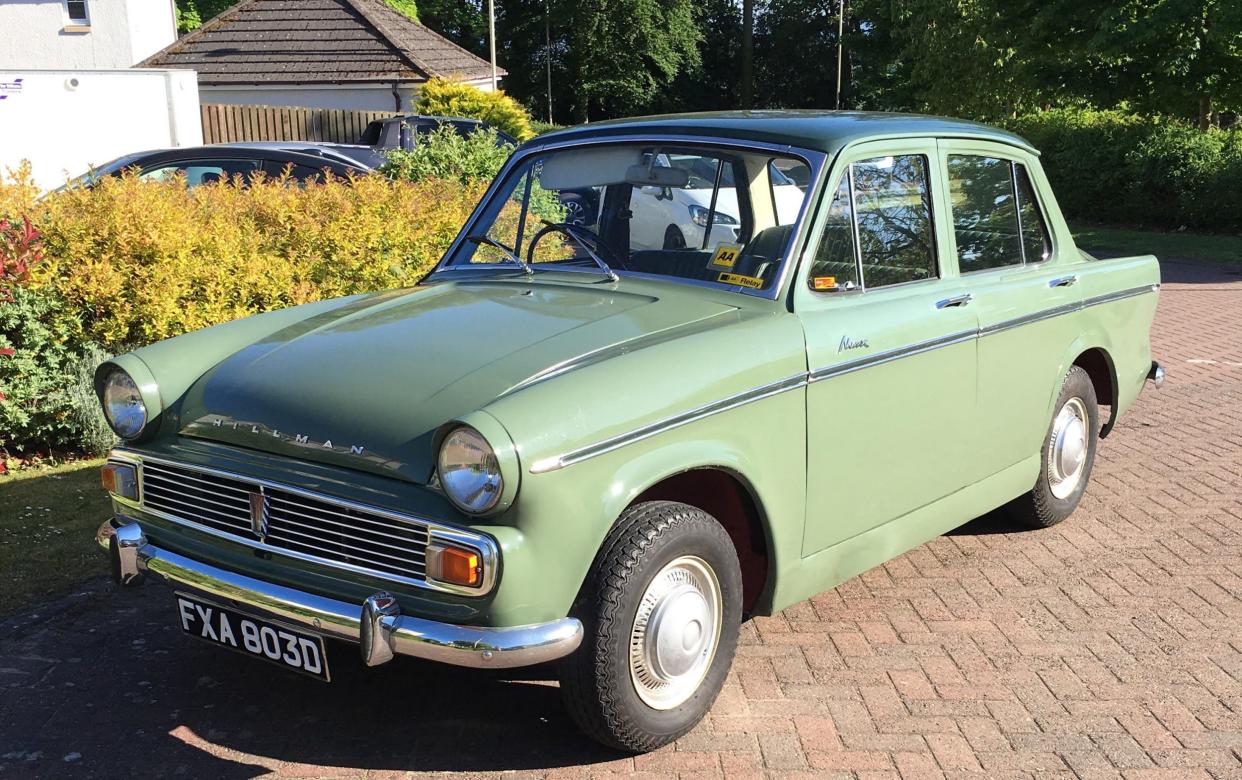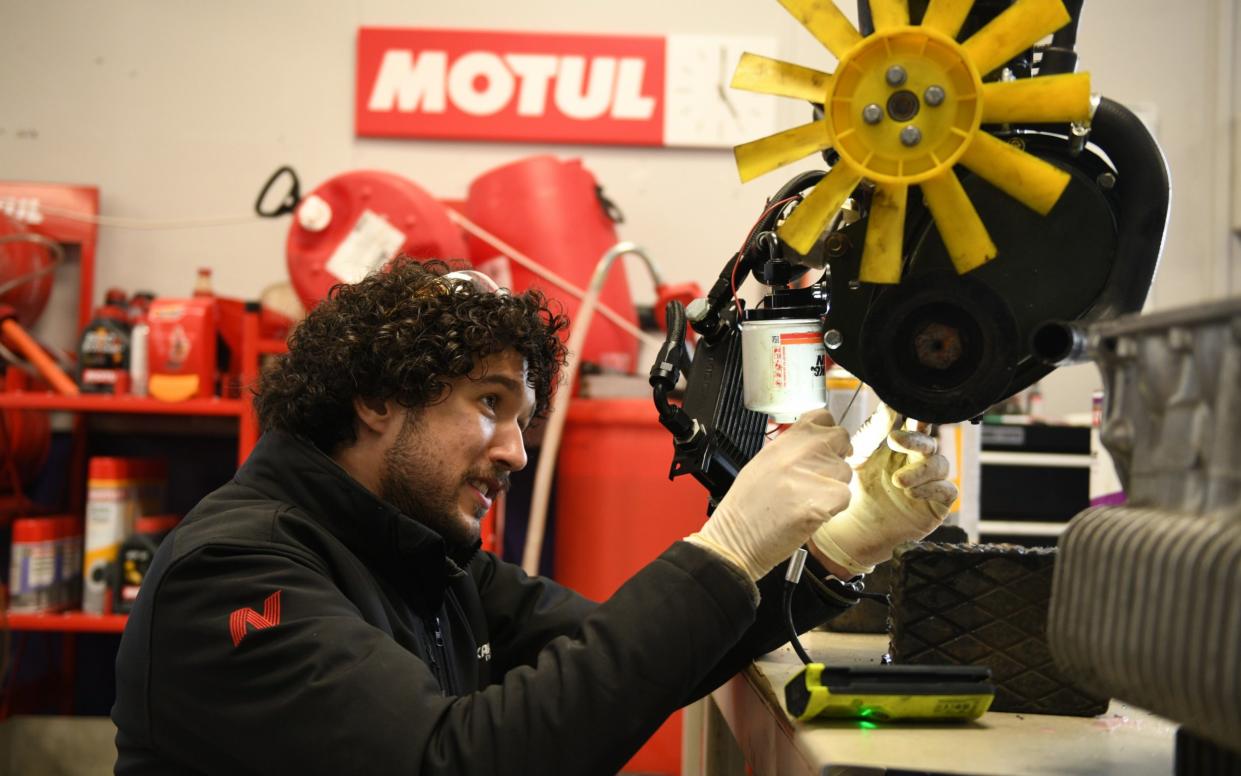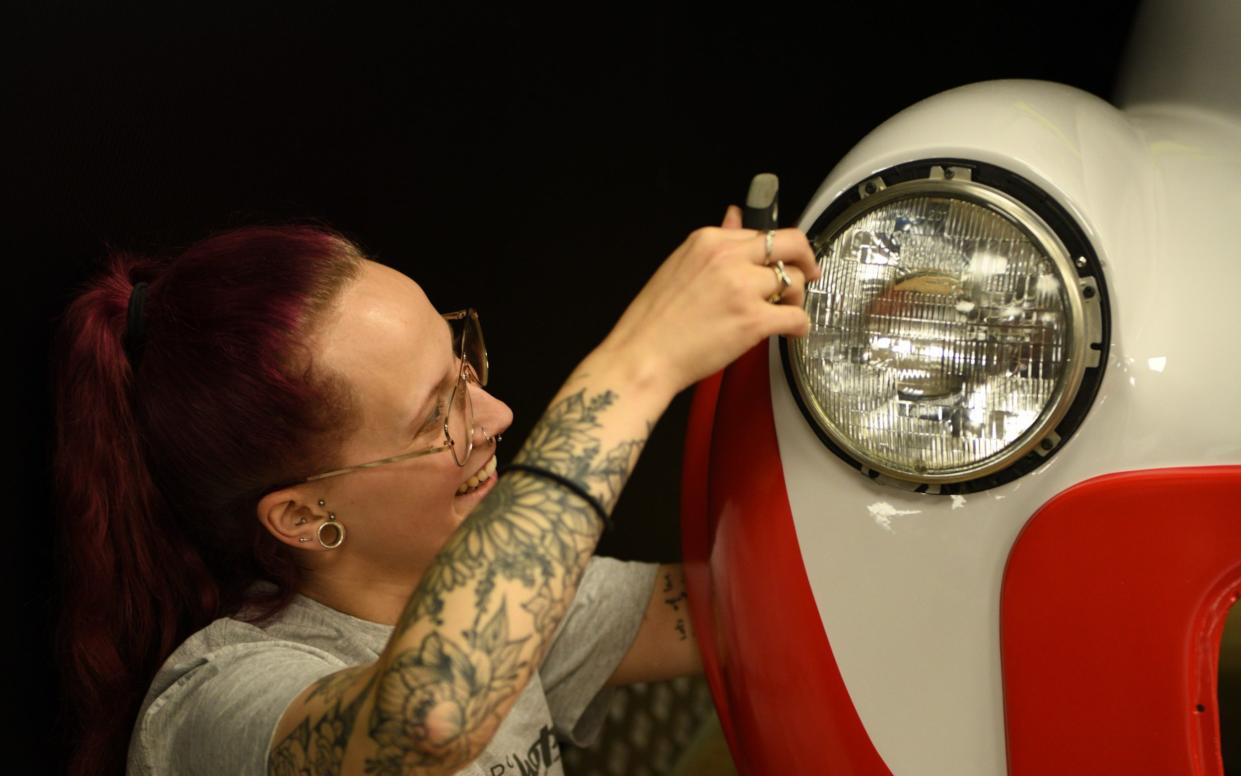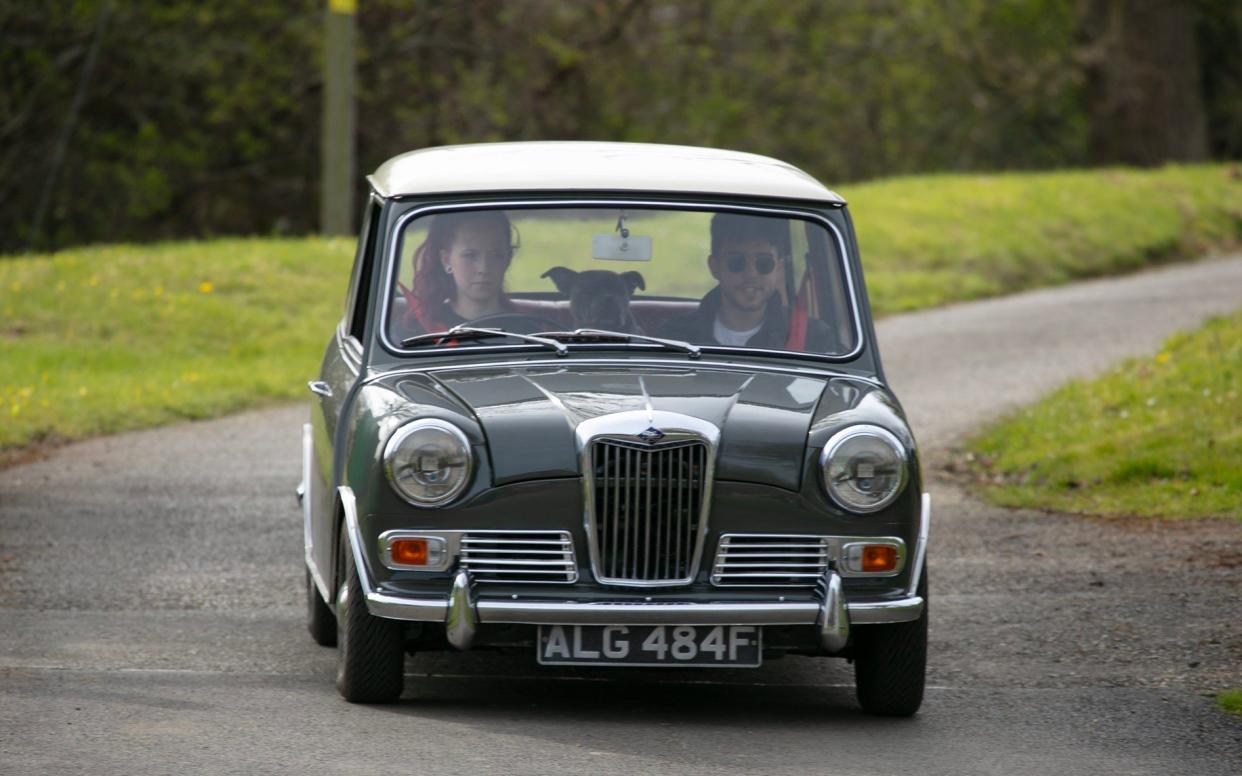Why the under-30s have fallen in love with classic cars

It’s a near-perfect era to buy and run a classic car. And we’re not talking lottery-win-budget Jaguar E-types or Ferraris, rather far more humble machines which make massive economic and environmental sense to a growing group of younger drivers.
Interest in “modern classics” from the 1980s and 90s is at a high because the “nostalgia curve” of 50- and 60-year-old enthusiasts has gravitated towards cars to which they aspired back in the day, just before and after they passed their driving tests.
Conversely, the rarefied market for E-Types and the like tends to be the preserve of those who were young in the early to mid-60s but who are now nudging 80.
Meanwhile, the 80s saw the start of the rise of common modern-day features such as air-con and parking sensors, making cars produced at that time very usable in the 2020s.
While some 90s cars – the likes of Toyota Supras and Nissan Skylines – can be more computer than car, even exotic names like Porsche can be DIY-maintainable because 80s models are by contrast more car than computer. And 40-year-old cars are officially classed by the DVLA as historic, hence exempt from MOTs and road tax.
Best of all, it’s a buyer’s market at the moment.
However, there’s also an interest in even older black-and-white movie era classics among the under-30s.
Scott Linford, 30, an electrician from Dundee, has never owned a modern car. His daily driver – although kept garaged during the depth of Scottish winters – is a 1966 Hillman Minx.

“I paid £1,500 for it in 2020, it’s worth at least £2,000 now – but the pleasure it gives is priceless,” he says. “Modern cars are bland. The Minx makes me feel connected to the road, it’s fun to drive, does 30-35mpg, costs £100 to insure and easily keeps up with modern traffic. The younger guys at work have driven it, and love it.
“It’s dead simple to work on. I mainly service and repair it myself and it costs about £500 a year to run. It has only broken down once when the fuel pump packed up, but a friend and I fixed it at the side of the road.” Try that in a 2024 equivalent...
Meanwhile, self-confessed purple-haired tattooed wild child, Lucy Busby is younger, still 25. Twice invited to leave college over, um, edgy behaviour, she and demographically extreme opposite Ethan Blake-Jones, also 25, both from the Midlands’ Black Country, are part of Paddock Speedshop, a soon-to-be-aired digital-platform-only TV show based around a repair and restoration workshop which aims to drive interest in classic cars among a younger generation of drivers.

Speedshop was set up by Ethan’s dad Craig, a former TV, film and music industry executive. He is behind Speedshop’s videos, laser-targeting the under-30s.
Ethan’s daily drive is a 1984 Porsche 944, while Lucy until recently ran a 1967 Riley Elf courtesy of the Classic Car Loan Project, which loans historic vehicles to younger drivers to care for over a year.
Blake-Jones junior passed his test in a 1973 MGB, a car which saw him through college and university, but by 2021 he had saved enough to buy the Porsche 944. Lucy, who was recruited by Blake-Jones senior on chance and sheer personality when he went in a shop where she was working, took to the road in that Riley Elf (an upmarket version of original Mini), in 2022. She’s now an accomplished car restorer, having absorbed many skills from those around her at the workshop.

“There was nobody else driving around in anything like the Elf,” she says. “There was this really cool Vauxhall Corsa drove past me but the driver just stopped to look at my car because it was even more cool. Every time I pull up at a petrol station somebody comes over to talk.
“To somebody of my generation thinking about getting a classic car, I would say 100 per cent do it. It’s an investment. It’s difficult for people my age to get property, but having a car that in ten years’ time is going to be worth three times what you paid for is quite appealing to my generation.
“Now my friends are looking at getting Morris Minors for their second car.” A classic car, they both say, can be a lot cheaper to run primarily because you can usually fix it with a spanner and a can of WD40.
“If it wasn’t for joining this community and getting involved in classic cars I would still be working as a retail manager in Merryhill Shopping Centre, which isn’t quite as appealing as driving a 1960s Lamborghini Miura, which I have done,” says Busby.

Blake-Jones’s 944 fits perfectly well into modern life and also ticks the investment box: it cost £8,000 and is now worth £14,000. “It’s economical, it’s comfortable, it’s quiet. I’ve got a radio in there that looks period, but gives me a Bluetooth phone connection if I need it,” he says.
“You don’t need to be financing a brand new car that’s destroyed the planet in its production and transportation, only to have it for three years and then sell it.” And, he says, “classic running costs can be far cheaper than for a modern car, assuming it’s properly maintained”.
Classic vehicle insurer Footman James says that only about 8 per cent of classic cars are owned by under-30s – but it has produced research which points out that production of a brand-new battery-powered mid-sized car generates 26 tonnes of CO₂, the sort of emissions a typical classic would take 46 years to achieve. A hyper-efficient petrol-powered family hatchback has amassed a carbon footprint of around 6.8 tonnes of CO₂ by the time it leaves the factory.
A classic car doing about 1,200 miles a year – the average level of use for older motors – emits 563kg of CO₂ in the process, and has leap-frogged generations of emissions-generating new car production.
Jonathan Douglas of Induction Technology Group (ITG), an engineer involved in the automotive industry for 40 years, sees both ends of the technology spectrum. ITG supplies the highest motorsport classes, but he runs a 1981 Land Rover.
“The use of ethanol in pump fuel is very problematic for older cars. Many gaskets, seals, hoses and the parts inside fuel pumps and carburettors just cannot survive the attack of ethanol,” he says: regular E10 pump fuel is 10 per cent ethanol.
“All aspects of the fuel system should be carefully checked for compatibility. If you’re having a classic engine rebuilt by a specialist, ensure the components can cope with ethanol, but bear in mind that E5 ‘super’ unleaded, which has only 5 per cent ethanol, can give you more efficiency, so more mpg.”
When it comes to insurance, Footman James said research indicates the average premium in 2023 for a classic car policy was £261 compared with £399.75 for a modern vehicle.

It says many are second cars, often garaged, and less likely put into risky situations, but cover can be extended to allow occasional driving to work or foreign trips.
There’s also a burgeoning scene of evening and weekend events emerging for millennial drivers; from Bicester Heritage’s Scramble events to Caffeine & Machine, or Footman James’s own Coffee & Chrome meets.
A spokesman says: “When it boils down to it, the only way the classic vehicle industry can thrive is by welcoming new enthusiasts. As insurance brokers, we are committed to doing what we can to nurture this.”
Is it something you or somebody you know would do? That has to be a resounding “Yes” on an economic and environmental scale. Do some research, consult owner’s clubs, visit classic car club events and you’ll find some incredibly fun cars available for £5,000 or often much less.
Or you could always buy an anonymous grey hatchback and blend into the crowd...


